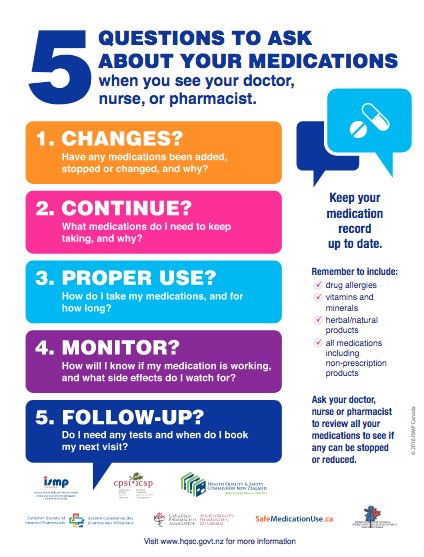Citalopram is a type of antidepressant known as a selective serotonin reuptake inhibitor (SSRI). Citalopram is used to treat depression, usually for people with moderate to severe depression, where psychological therapy and lifestyle changes have not been enough for the depression to go away.
For most people the effectiveness of antidepressants can be improved when they are used together with psychological therapies, like CBT (cognitive behavioural therapy), and lifestyle changes. Read more about depression.
We don't know for certain, but researchers think that SSRIs could work by increasing the activity of serotonin which is thought to improve mood, emotion and sleep. Read more about SSRIs.
| October 2022: The funded brand of citalopram is changing |
|
From October 2022, a new brand of citalopram, Celapram, will be funded. The new tablets will look different, but they have the same active ingredient and work in the same way as PSM citalopram. Find out more about the brand change. |








